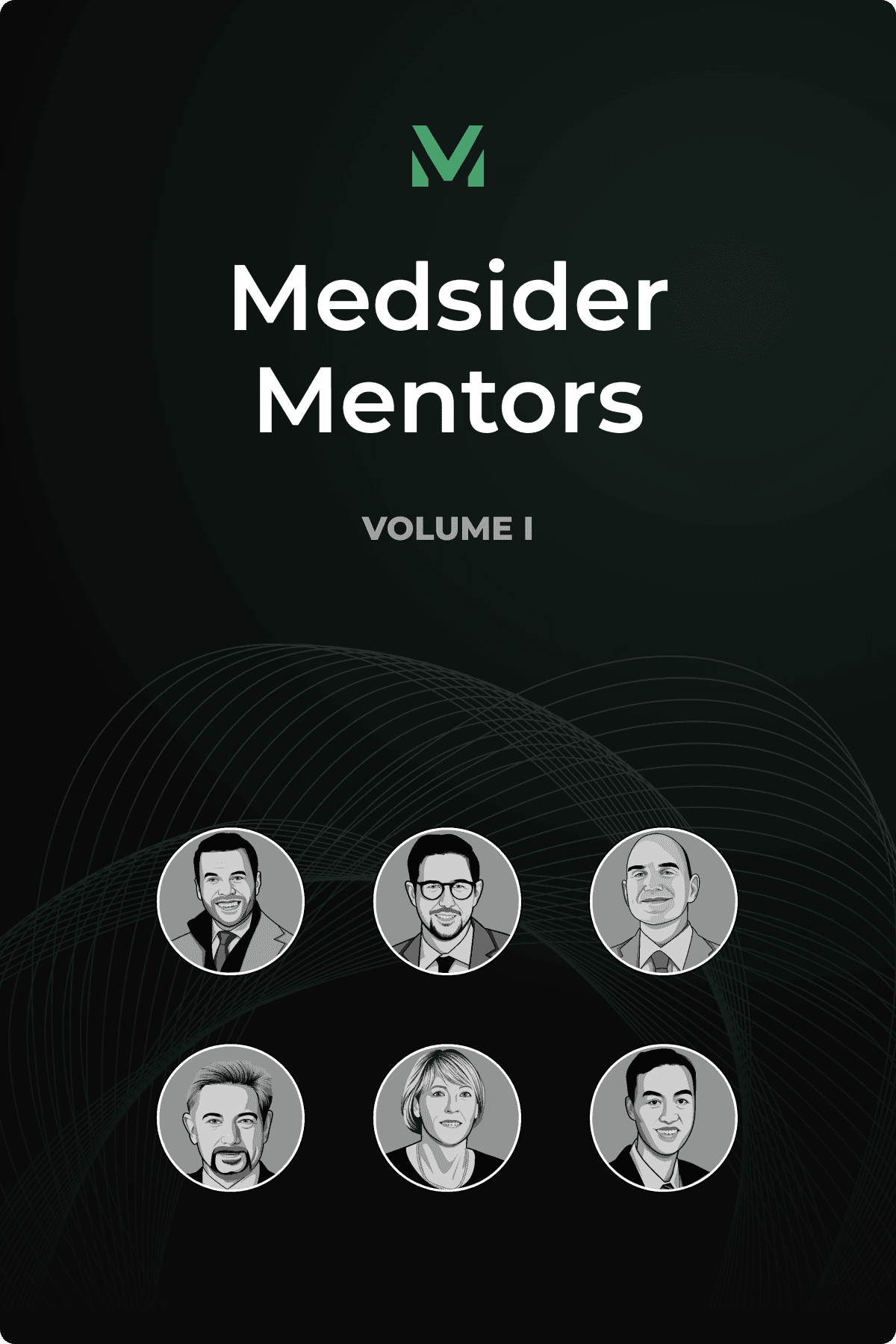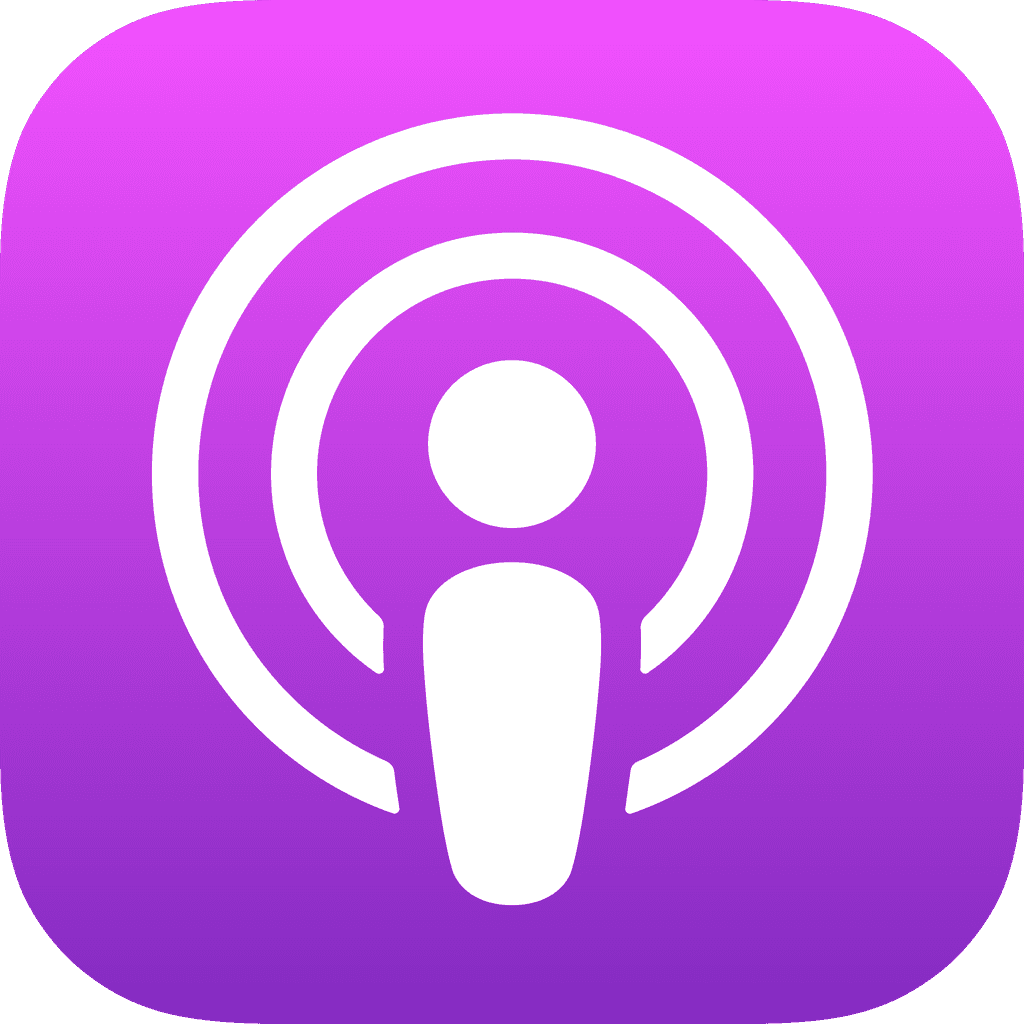Who You Raise From Matters Most
Interview with Firefly Neuroscience CEO Greg Lipschitz

Key Learnings From Greg's Experience
Prioritize investor quality over funding speed — even when capital is desperately needed. The wrong investors can create long-term problems that outweigh short-term cash flow relief, forcing founders into the undesirable position of constantly fundraising instead of building their businesses. And if traditional funding routes don’t fit, explore alternatives like strategic M&As or public markets that align with your business model and timeline.
Struggling with platform potential? Perfect one use case instead of pursuing everything at once. For platform companies with broad potential, let market signals guide expansion decisions instead of trying to capture every possible use case immediately. Firefly chose dementia care as their beachhead despite having data across 12 cognitive disorders, focusing on the aging baby boomer demographic rather than spreading itself too thin across all potential applications at once.
Once early adopters are in place, leverage direct sales and customer feedback to drive sustainable growth. Direct sales teams enable closer partnerships with existing users, whose insights drive product improvements that accelerate future adoption. Firefly's approach of working intensively with 60 clinics to refine their offering creates a "snowball effect" where clinical success, published evidence, and customer testimonials combine to reduce sales cycles for new prospects.
For a company that specializes in reading brains, Greg Lipschitz's decision to join Firefly Neuroscience was ironically a no-brainer.
When he first learned about Firefly’s AI-powered platform for measuring cognitive function four years ago, he immediately recognized the potential. “I was really blown away for a number of reasons. One was the people involved ...The second was the incredible technology and the unrivalled normative brain scan database that the company had,” Greg says.
The technology could do what subjective mental health assessments couldn't: provide objective, measurable insights into brain function. By January 2025, Greg had transitioned from board member to CEO, ready to scale a platform that promises to bring unprecedented clarity to neurological and psychiatric care.
Firefly's FDA-510(k) cleared Brain Network Analytics (BNA) platform represents a fundamental shift from the traditional "how are you feeling today?" approach to mental healthcare. Instead of relying on subjective assessments, the technology uses AI to analyze brain wave patterns, comparing patient electroencephalograms (EEGs) against a proprietary resting and event-related potential cognitive tasks database. This objective measurement capability addresses conditions ranging from depression and ADHD to dementia and concussions.
The company operates through two complementary business pillars. On the clinical side, Firefly provides subscription-based brain scanning services to medical practitioners, with each scan adding valuable data to Firefly’s growing database. The second pillar focuses on pharmaceutical partnerships, where companies like Takeda, Novartis, and Bright Minds Biosciences leverage Firefly's platform and database insights to improve clinical trial design, patient stratification, and results analysis. This dual approach creates a powerful flywheel effect: more clinical scans generate richer data, which in turn provides more valuable insights for pharmaceutical research and development.
Greg's transition to CEO brings fresh perspectives on capital strategy, platform prioritization, and commercialization approaches.
You May Like These Articles
Medsider Premium
Become a premium member and unlock access to exclusive Medsider benefits.



